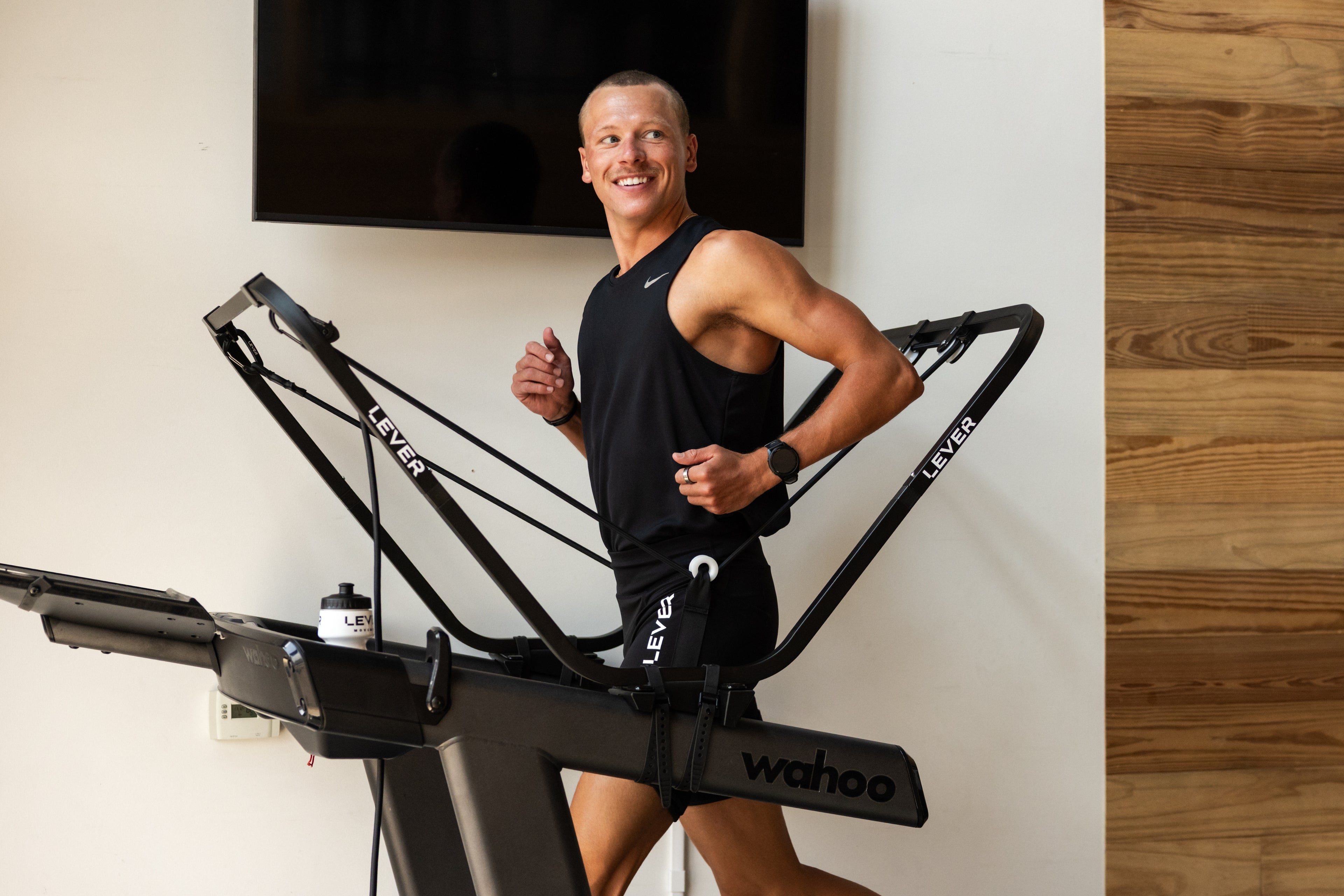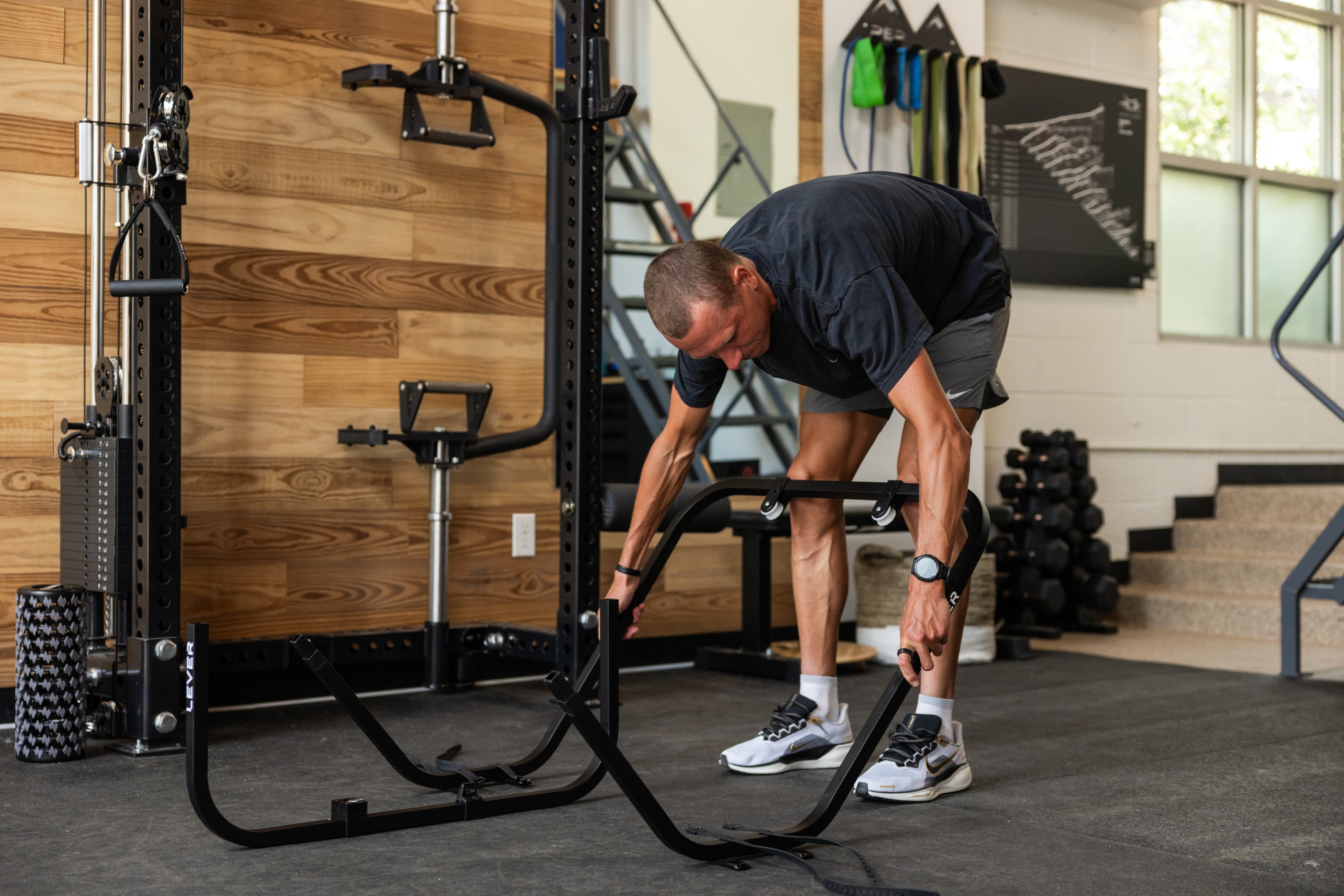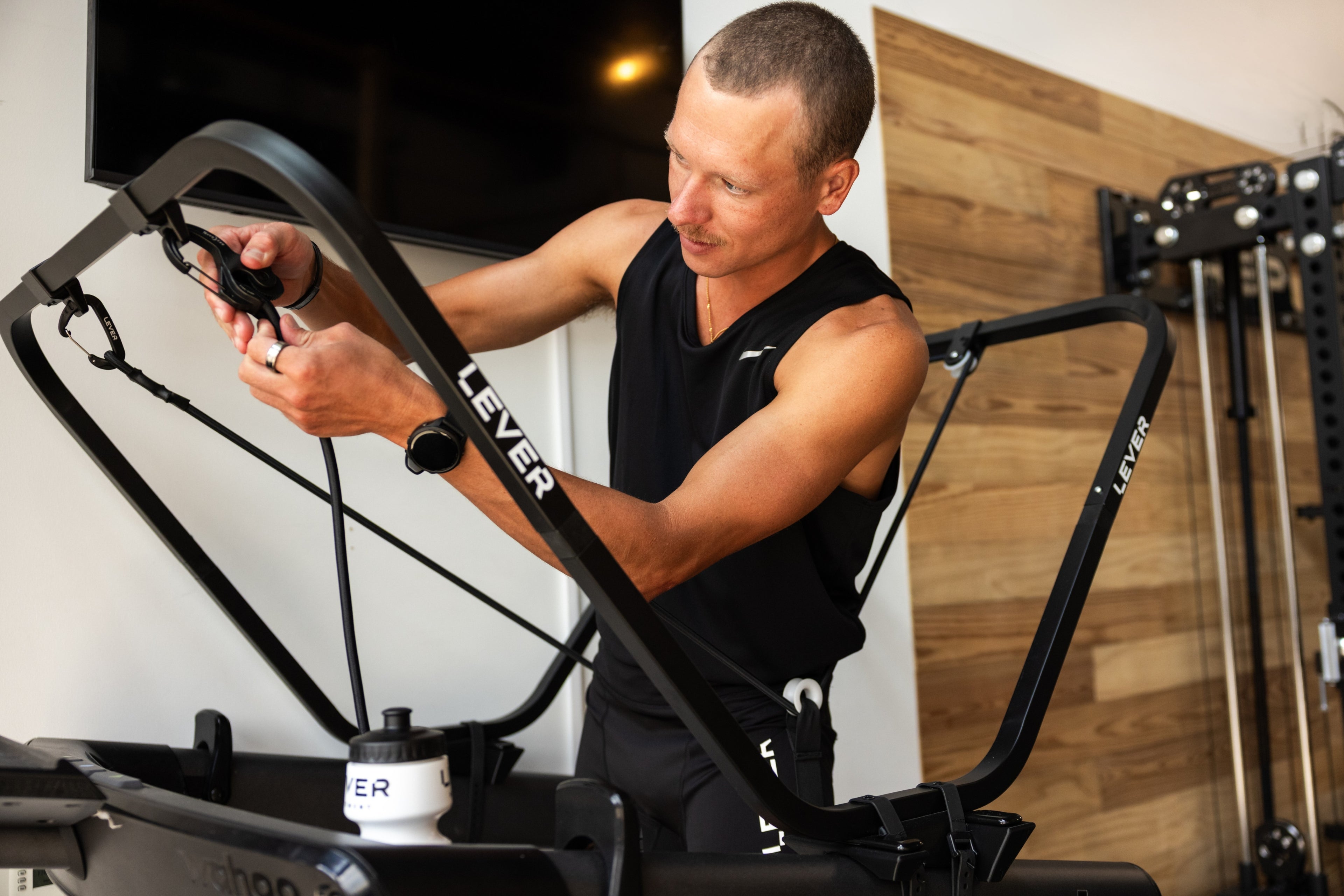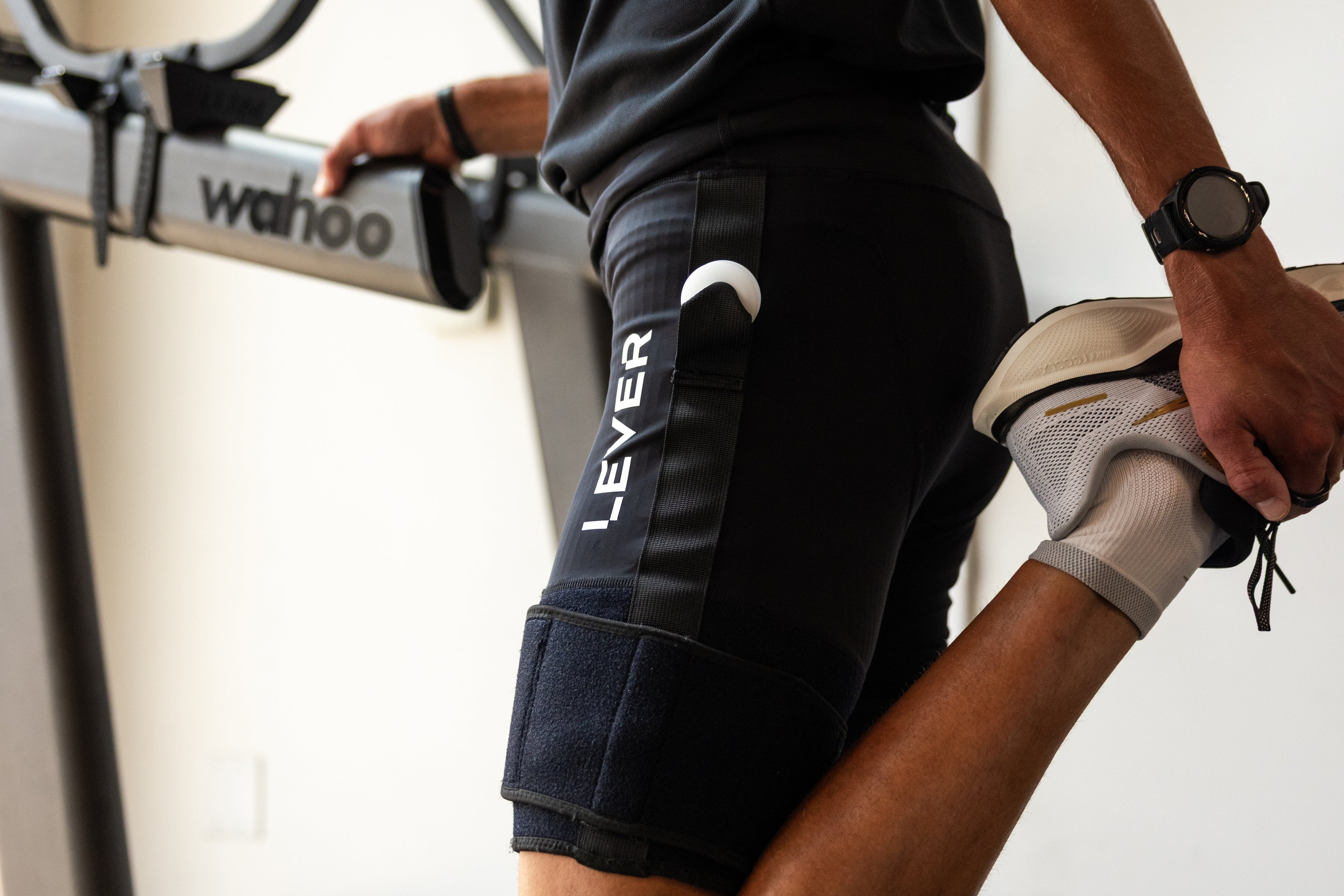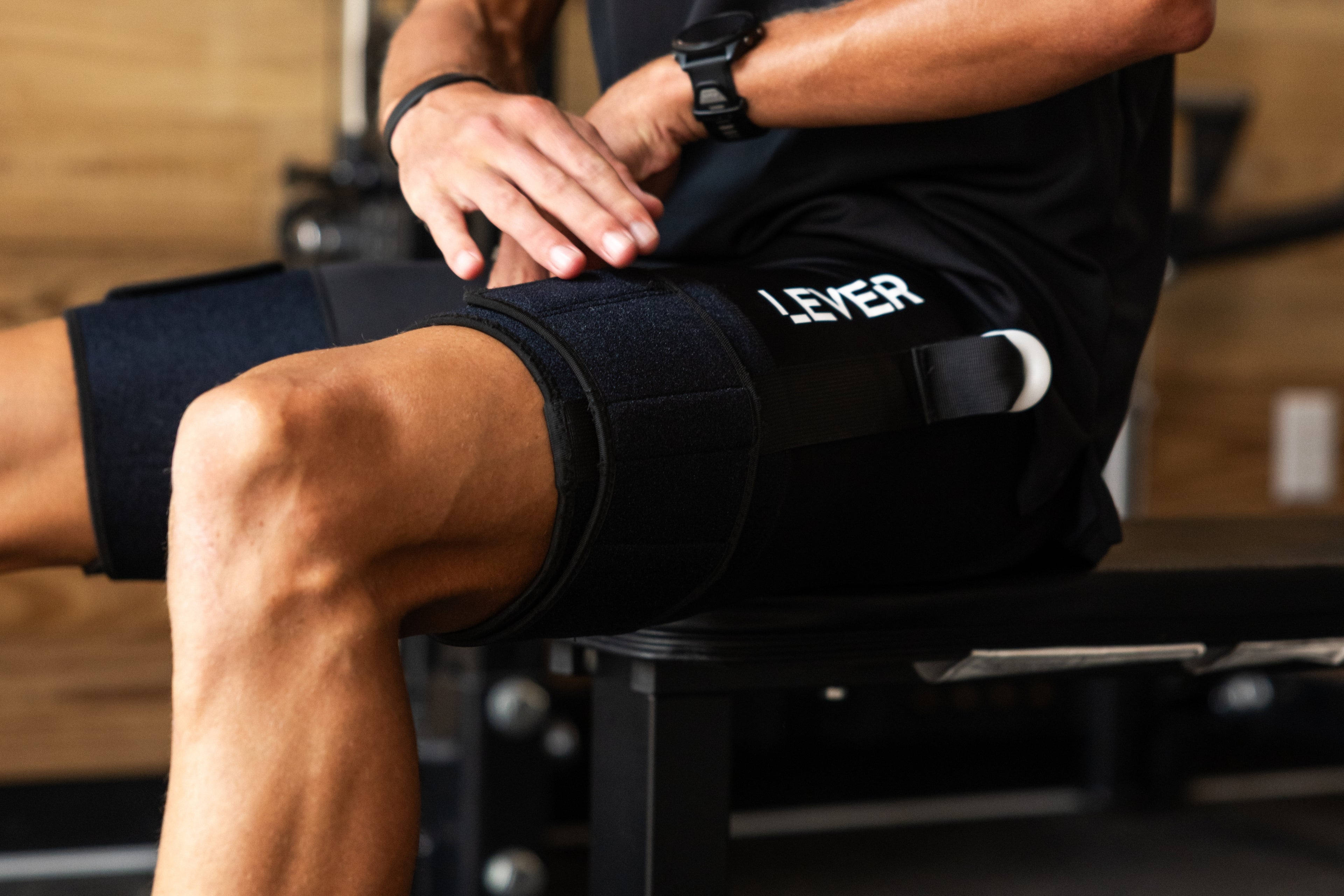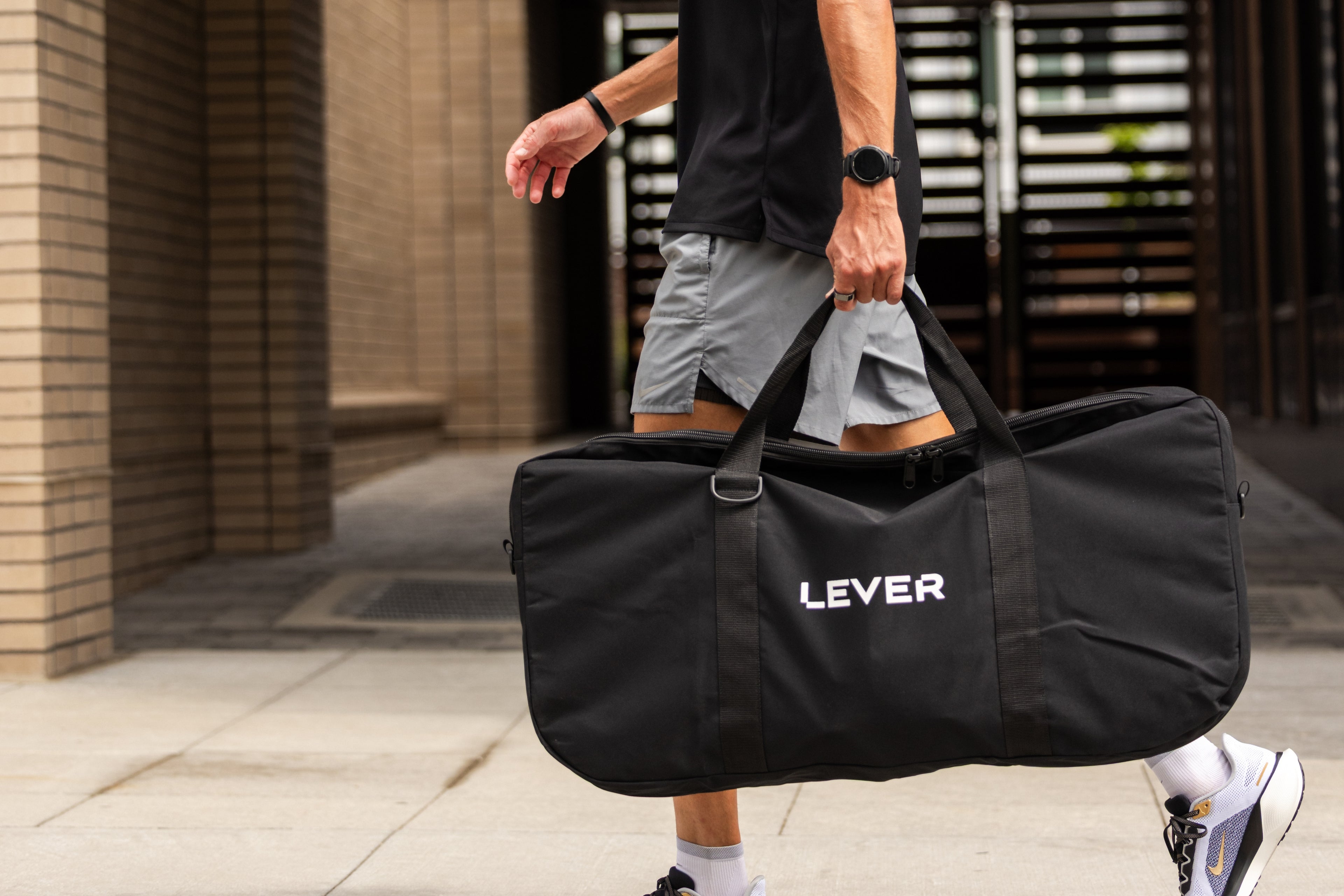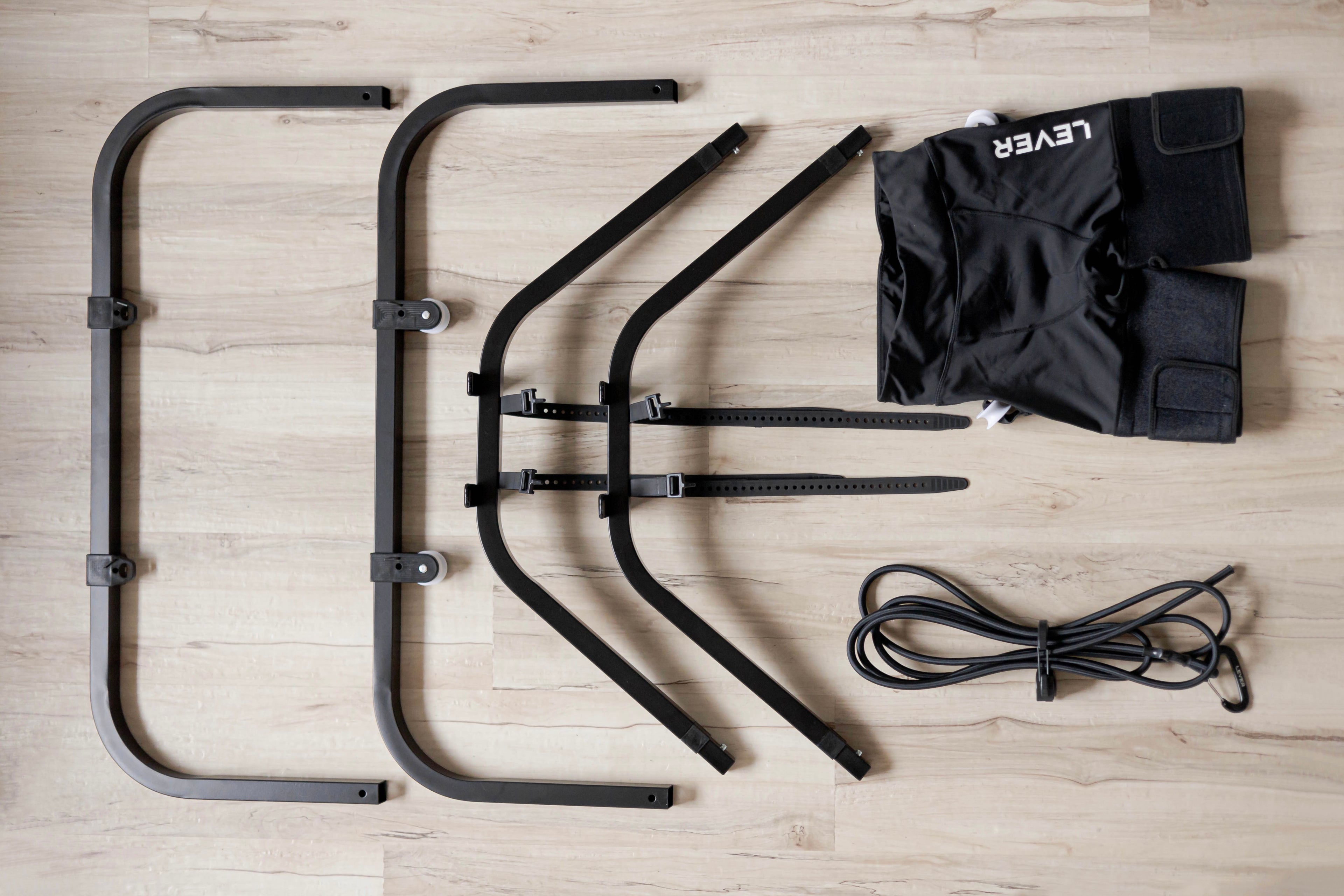What is Running Cadence and Why Does It Matter?
Running cadence, often referred to as stride rate, is the number of steps you take per minute while running. It's a crucial aspect of running form that can influence your efficiency, speed, and even injury prevention. An optimal cadence can help you become a more efficient runner by reducing the impact on your joints and muscles, leading to fewer injuries and better performance.
Finding Your Baseline Cadence
Before you start making adjustments, it’s essential to determine your current running cadence. You can easily do this by counting the number of times one foot hits the ground in 30 seconds and doubling that number. Most recreational runners have a cadence between 160-170 steps per minute (spm), while elite runners often reach 180 spm or higher.
Benefits of Improving Your Cadence
- Reduced Injury Risk: A higher cadence often means shorter, quicker strides, which can reduce the impact forces on your body and lower the risk of injuries such as shin splints and runner’s knee.
- Increased Efficiency: With an optimal cadence, you can maintain a smoother and more efficient running form, conserving energy for longer distances.
- Better Speed: A quicker turnover can contribute to faster running speeds without necessarily increasing your effort.
How to Improve Your Running Cadence
- Gradual Increase: If your current cadence is below the recommended 180 spm, aim to increase it gradually. Start by adding 5% to your current cadence and practice running at this new rate for a few weeks before increasing it further.
- Use a Metronome or Music: Apps and devices that provide a metronome can help you maintain a consistent cadence. Alternatively, you can run to music with beats per minute (BPM) matching your target cadence.
- Focus on Form: Improving your running form can naturally lead to a better cadence. Keep your posture upright, lean slightly forward, and ensure your feet land under your hips rather than ahead of you.
- Drills and Workouts: Incorporate specific drills and workouts that emphasize quick, light steps. For example, high knees, butt kicks, and short sprints can help train your body to maintain a higher cadence.

How Body Weight Support Systems Like LEVER Can Help
Using body weight support systems, such as the LEVER system, can be a game-changer in improving your running cadence. These systems reduce the effective weight on your legs, allowing you to focus on your form and cadence without the added stress of full-body weight. Here’s how LEVER can help:
- Reduced Impact: By offloading some of your body weight, LEVER reduces the impact forces on your joints. This allows you to practice maintaining a higher cadence without risking injury, especially during high-intensity or long-duration runs.
- Focus on Form: With less weight to carry, you can concentrate on your running mechanics. This helps in developing muscle memory for a higher cadence and more efficient running form.
- Enhanced Recovery: LEVER’s body weight support is beneficial for recovery runs. It allows you to run at your target cadence even when your legs are tired, promoting muscle memory and cadence improvement without overstraining.
- Safe Progression: Gradually increasing your cadence can sometimes lead to muscle fatigue or injury if done too quickly. LEVER provides a safe environment to make these adjustments, ensuring you can build up your cadence progressively and safely.
Incorporating Cadence Work into Your Training
- Warm-Up Drills: Start your runs with drills that focus on quick, light steps. This sets the tone for maintaining a higher cadence throughout your run.
- Cadence Intervals: During your run, incorporate intervals where you focus on maintaining your target cadence for short periods. Gradually increase the duration of these intervals as you get more comfortable.
- Mindfulness and Consistency: Pay attention to your cadence regularly and make adjustments as needed. Consistency is key to making a higher cadence feel natural.
Monitoring Progress
Use a running app or GPS watch to track your cadence over time. Set specific goals and celebrate your progress as you see improvements. Remember, the goal is to find a cadence that works for you and enhances your running experience.
Improving your running cadence can lead to significant benefits in terms of efficiency, speed, and injury prevention. By understanding your baseline, making gradual adjustments, and incorporating specific drills and workouts into your routine, you can achieve an optimal cadence that will help you become a more efficient and resilient runner. Tools like the LEVER system can provide the support you need to make these adjustments safely and effectively. Happy running!











